At some point in your life, you’ve probably heard about stopcocks, but perhaps you’ve never taken the time to understand what they are and their crucial role in any type of building. If that’s the case, now is the time to step into the light! Today, from our SOS Assistance Plumbing Services, we’ll tell you everything you need to know about these essential valves.
What is a Stopcock?
Before diving into the details, it’s important to clarify what a stopcock is. Also known as a shut-off valve, a stopcock is a device, typically made of metal, alloys, or more recently, polymers or ceramic materials, used to open or shut off the flow of water through a pipe.
Stopcocks are essential components in water installations for homes and buildings of all kinds. They are also referred to as valves, as some of them can also control the direction of water flow, preventing it from going in the opposite direction. But what types of stopcocks exist? Our SOS Assistance Plumbing Services have all the answers:
Types of Stopcocks
It’s important to know that there are different types of water stopcocks or valves, and choosing the most suitable one for the requirements of the home or building where it will be installed is crucial. Not sure which one is best for your next project? Let us advise you through our Plumbing Services, but first, here are the most common types you can easily find on the market, which are the best allies for water installations in homes.
- Butterfly Valve Stopcock
This type is closed by rotating a disc to stop the flow. It’s highly effective at blocking the flow of water when the disc is perpendicular to the axis. When the disc is parallel, it allows water to flow. For water systems, a centered-axis butterfly valve with an elastomer (plastic or polymer) coating is used to protect against corrosion.
- Angle Stop Valves
Angle stop valves have a universally measured inlet hole for water and an outlet hole whose size depends on the device it’s connected to. These valves are used in most areas of the house, except for showers and bathtubs, which instead have threaded connections called extensions that connect the faucet directly to the outlets.
With an angle stop valve, you can shut off water at a specific point in the system if you need to repair it. The connection between pipes and different points in the installation, like sinks or showers, is known as a fixture. Fixtures typically consist of a female thread of 1/2″ diameter, the universal size for the inlet holes of all angles stop valves. The size of the outlet thread depends on the connected device. Angle stop valves can be made of bronze, brass, copper, plastic, or other materials resistant to temperature changes and humidity.
- Exterior Stop Valves
Exterior stop valves are those found outside the home, such as in the garden or on the terrace. They are also known as garden taps. The main difference from the previous types is that the materials of exterior valves are more resistant since they are exposed to the elements. Like angle stop valves, the inlet hole is the standard 1/2″, and for the outlet connection, there are two types:
- Quick Connection or Coupling: Designed for secure and easy hose connection.
- Hose Coupling: One side has a thread, and the other side holds the hose with the help of a clamp.

https://i.ytimg.com/vi/d0zflf1chZQ/maxresdefault.jpg
Do you now have a better understanding of how these stopcocks work and their importance? Your home likely has several of these. If you need to repair or install one due to damage or remodeling, don’t hesitate to leave this task in the hands of our professional technicians! Get a quote for our Plumbing Services here.
Sources:
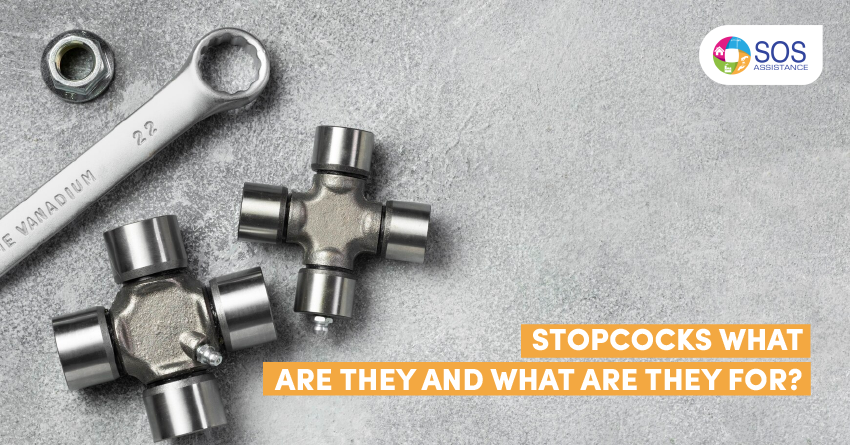
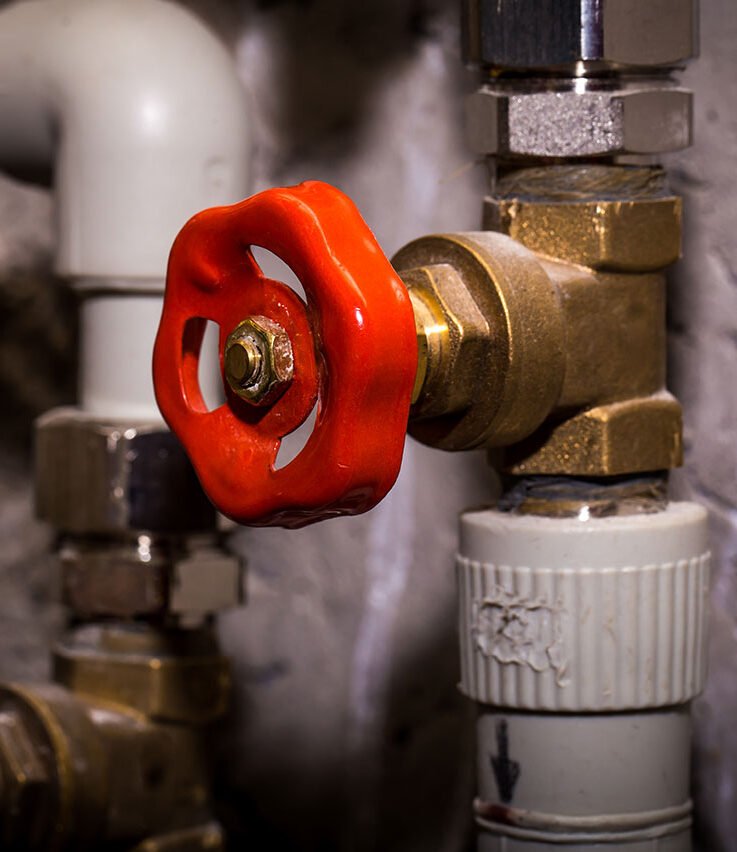
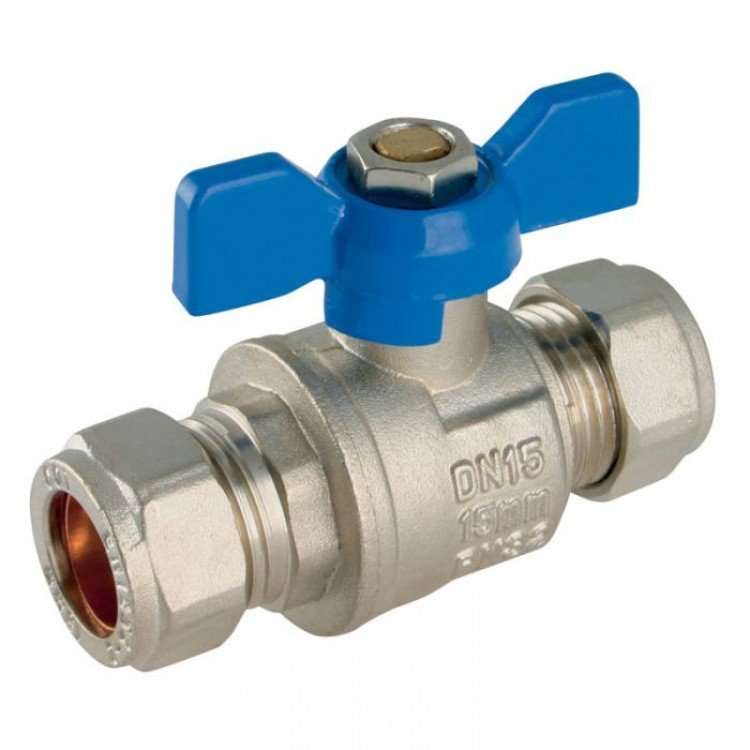
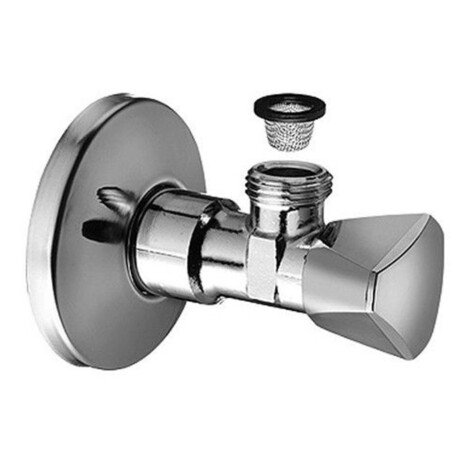
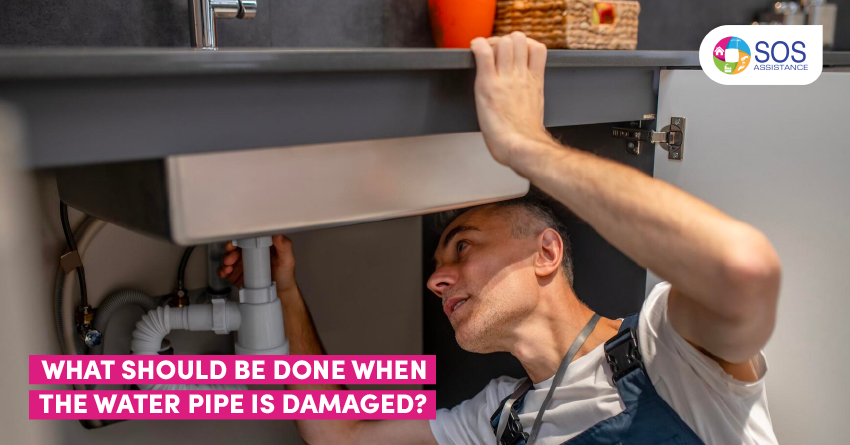
Leave A Comment